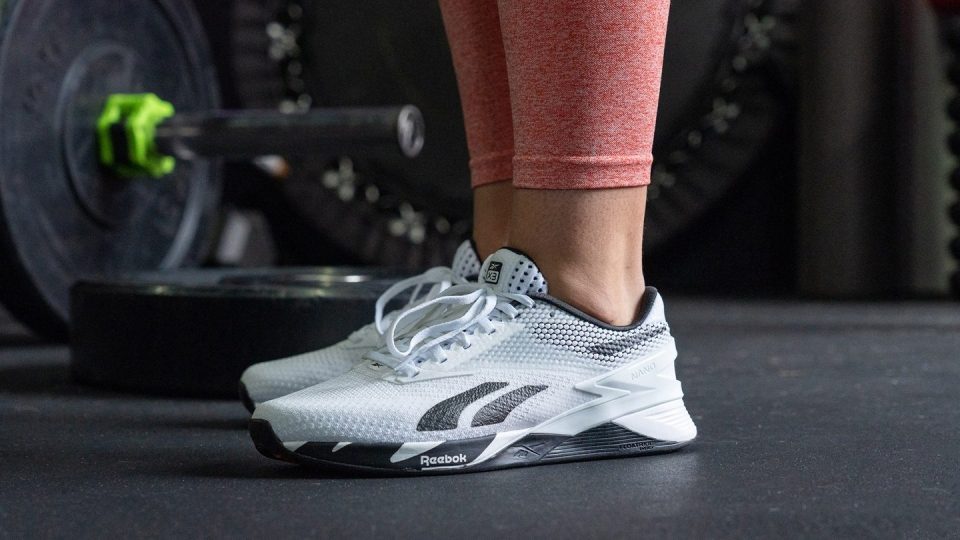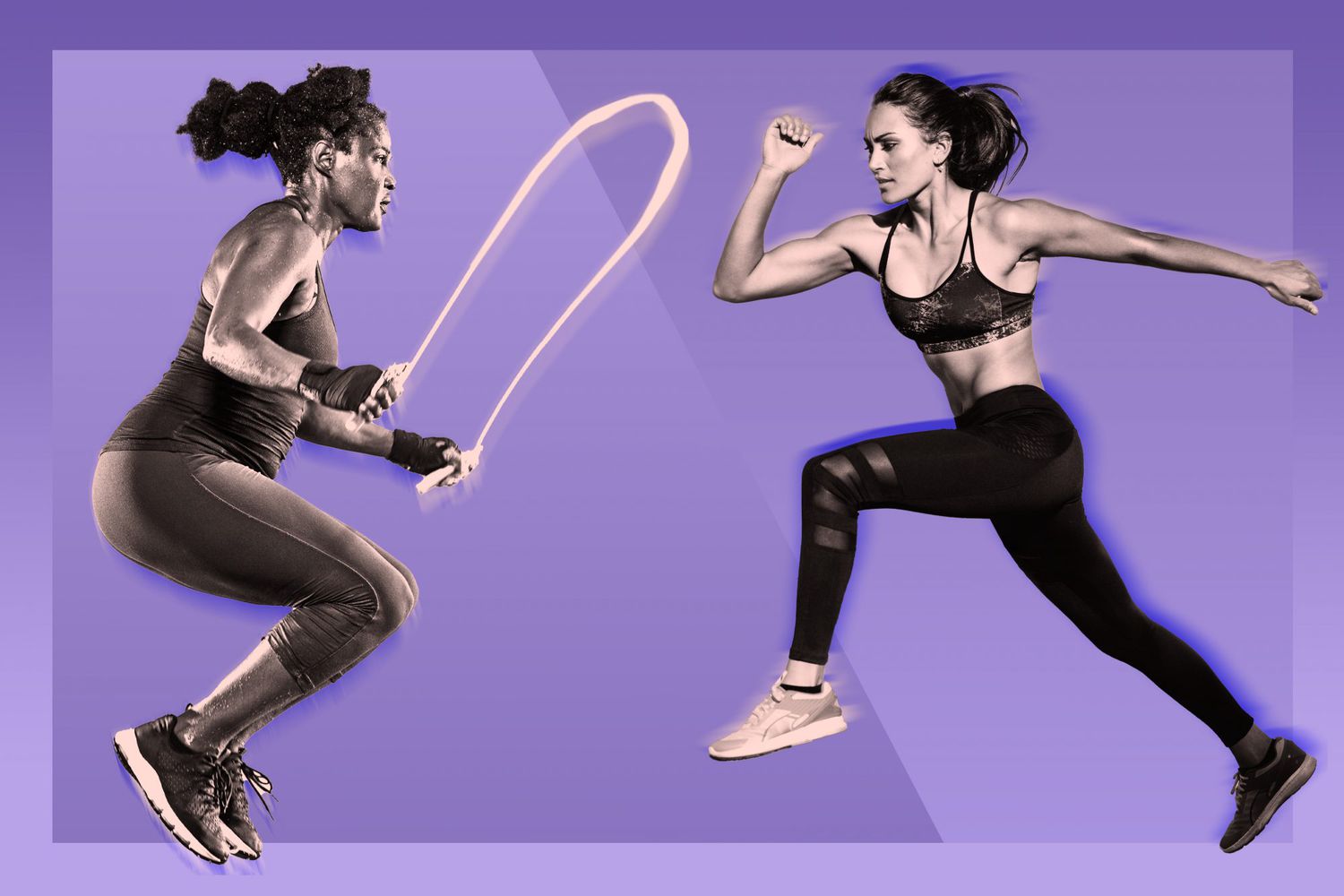Which is Better Walking Or Jumping Rope : A Ultimate Comparison
Jumping rope provides a more intense cardiovascular workout than walking, making it a better option overall. Both exercises offer significant health benefits, but jumping rope can help improve coordination, balance, and agility while burning more calories in a shorter amount of time.
Walking, on the other hand, is a low-impact exercise that is easier on the joints and can be more sustainable for longer durations. It is important to consider your fitness goals and physical condition when choosing between walking and jumping rope as both can be effective forms of exercise when done consistently.

Credit: runrepeat.com
Benefits Of Walking
Walking is a simple yet powerful form of exercise that almost anyone can incorporate into their daily routine. It does not require any specialized equipment, making it convenient and accessible for people of all fitness levels. Additionally, walking offers a multitude of benefits for both physical and mental well-being. Let’s explore some of the key advantages of walking:
Improved Cardiovascular Health
Regular walking can significantly improve cardiovascular health by strengthening the heart and improving blood circulation. As you engage in a brisk walk, your heart rate increases, and more oxygen is delivered to the muscles. This helps lower your risk of developing heart disease, high blood pressure, and other cardiovascular conditions. Walking also helps improve cholesterol levels, reducing the levels of unhealthy LDL cholesterol and increasing the levels of beneficial HDL cholesterol.
Weight Loss
If you are looking to shed some extra pounds, walking can be an effective tool to include in your weight loss journey. Although it may not burn as many calories as more intense forms of exercise, walking regularly can still contribute to weight loss when combined with a balanced diet. When you walk, your body burns calories and fat, helping to create a calorie deficit and promote weight loss. To maximize the calorie burn during your walk, try incorporating intervals of brisk walking or add resistance by walking uphill.
Stress Reduction
In today’s fast-paced world, stress has become a common factor affecting many people’s lives. Walking can be an excellent way to reduce stress levels and promote relaxation. When you engage in physical activity like walking, the brain releases endorphins, also known as “feel-good” hormones, which can help combat stress and anxiety. Walking outdoors in a natural environment, such as a park or trail, can have additional benefits by providing a sense of calmness and tranquility.
In conclusion, walking offers a range of benefits for cardiovascular health, weight management, and stress reduction. By incorporating regular walks into your daily routine, you can take advantage of these advantages and improve your overall well-being.
Benefits Of Jumping Rope
Jumping rope offers numerous benefits for overall health and fitness. Let’s explore the specific advantages that make it a fantastic cardiovascular exercise:
Enhanced Coordination
Jumping rope requires precise hand-eye coordination, helping to improve overall motor skills.
Increased Bone Density
The impact of jumping rope is a weight-bearing exercise that can enhance bone density over time.
Burns Calories Efficiently
Jumping rope is a high-intensity workout that effectively burns calories, aiding in weight management.
Muscles Worked While Walking
When it comes to comparing walking and jumping rope, it’s essential to consider the muscles worked during each activity. Walking is a low-impact exercise that engages various muscle groups, making it a suitable choice for individuals of all fitness levels. Let’s delve into the specific muscles worked while walking.
Leg Muscles
Quadriceps: Engaged in straightening the knee during each step. Hamstrings: Activated to help propel the body forward with each stride. Calf Muscles: Contract to push off the ground and propel the body forward.
Core Muscles
Abdominal Muscles: Stabilize the torso and support the lower back during the walking motion. Obliques: Assist in maintaining balance and stability while walking. Lower Back Muscles: Active in supporting the spine and maintaining posture.
Shoulders And Arms
Deltoids: Engaged in the swinging motion of the arms while walking. Triceps and Biceps: Actively involved in the arm swing, contributing to overall upper body movement.

Credit: www.nytimes.com
Muscles Worked While Jumping Rope
Jumping rope is a fantastic cardio exercise that engages various muscles in your body. Not only is it a fun activity, but it also provides an effective full-body workout. Let’s take a closer look at the specific muscles that are worked while jumping rope.
Leg Muscles
Jumping rope primarily targets the muscles in your legs, making it an excellent exercise for building strength and endurance in your lower body. The main leg muscles that are engaged during this activity include:
- Quadriceps: These are the muscles located in the front of your thighs that help extend your knees. Jumping rope helps to strengthen and tone your quads.
- Hamstrings: The hamstrings, located at the back of your thighs, assist in bending your knees. They also play a significant role in jumping rope, providing stability and power.
- Calf muscles: Your calves are actively involved in pushing off the ground and propelling your body upwards while jumping. Regular rope jumping can help you develop strong and toned calf muscles.
Shoulders And Arms
In addition to working your legs, jumping rope also engages your upper body muscles, specifically your shoulders and arms. The repetitive motion of swinging the rope requires the following muscles:
- Deltoids: The deltoid muscles are located in your shoulders and help to stabilize and control the movement of your arms while jumping rope. Regular practice can effectively strengthen your deltoids.
- Biceps and triceps: By holding and manipulating the rope, your biceps and triceps are engaged. They assist in starting the arm movement and contribute to the overall coordination of the exercise.
- Forearm muscles: Gripping the handles of the jump rope activates the muscles in your forearms, providing strength and control during each rotation.
Core Muscles
Your core muscles play a crucial role in maintaining balance and stability while jumping rope. This exercise engages several muscles in your core, including:
- Abdominals: Your abdominal muscles, including the rectus abdominis and obliques, contract to stabilize your torso during the jumps.
- Back muscles: The muscles in your lower back, particularly the erector spinae, work alongside your abs to maintain proper posture and stability throughout the exercise.
- Hip flexors: The hip flexor muscles, located in the front of your hips, help lift your knees and provide the necessary power for each jump.
The combination of leg, arm, shoulder, and core muscle engagement makes jumping rope a highly effective full-body workout. Whether you’re aiming to improve your cardiovascular health, build muscle strength, or burn calories, incorporating jumping rope into your exercise routine can yield tremendous benefits.

Credit: timesofindia.indiatimes.com
Frequently Asked Questions For Which Is Better Walking Or Jumping Rope
What Is 10 Minutes Of Jumping Rope Equivalent To?
Jumping rope for 10 minutes is equivalent to running for about 30 minutes. It’s a high-intensity workout that burns calories and improves cardiovascular fitness.
Can I Lose Weight By Jumping Rope Everyday?
Yes, jumping rope can help you lose weight by burning calories and improving cardiovascular fitness. Consistent daily practice can lead to weight loss over time.
What Exercise Is Better Than Jump Rope?
High-intensity interval training (HIIT) or running are effective alternatives to jump rope for a full-body workout. They improve cardiovascular fitness and endurance.
Is Skipping Instead Of Walking Good For You?
Skipping is a good alternative to walking, providing similar benefits like improved cardiovascular health and muscle toning. It also has the added advantage of being a high-impact exercise, which can help increase bone density and strength. However, it may not be suitable for everyone, especially those with joint issues.
Conclusion
Ultimately, both walking and jumping rope offer unique benefits. Choose based on your preferences and fitness goals. Incorporate variety to keep your workouts interesting and effective. Whether it’s the calming pace of walking or the high-intensity of jumping rope, staying active is key.
Mix it up for optimal results.




